Children and Youth
The term “child” can refer to anyone below the age of 18, which is the age of legal adulthood in the U.S. In some cases, a child is defined as someone below the age of 13, and those between 13 and 18 are referred to as adolescents or teenagers, though different definitions of age classifications exist and vary in scope. For example, some definitions extend adolescence to age 19. “Childhood” and “youth” are other general terms for the period of life between the ages of 1 and 18 and are usually defined by certain developmental and transitional events, like rapid growth and beginning schooling. Referring to people by their age group or educational level (teens, elementary school age children, etc.) is one way to be more specific when discussing or referring to children and youth. Terminology is an individual preference and should be treated as such.
Children and adolescents account for an estimated 22% of the U.S. population. Childhood is a crucial time of development in the human lifespan. From birth to age five, children’s brains are developing rapidly, producing up to 40,000 neural connections per second. The connections made during this period of growth enable movement, language acquisition and emotional expression, and form the building blocks for skills developed later in life, like self-regulation, problem-solving, and motivation . Childhood experiences have lifelong effects on behavior, learning, physical and mental health, and overall well-being. Today, children and youth are growing up in uncertain and dangerous times—in 2020, gun violence surpassed motor vehicle crashes as the leading cause of death among children and adolescents. Additionally, the COVID-19 pandemic has disrupted almost every aspect of childhood, including education, social and emotional development, and access to routine medical care. Caring for these aspects of children’s health and well-being is vital, not only for their sake today, but for the sake of the adults they will become in the future.
Historically, children have been a particularly vulnerable population. It was not until the mid-19th century that children were recognized as a distinct and unique population as opposed to just smaller versions of adults. Programs specifically for children, like the Children’s Health Insurance Program (CHIP), the National School Lunch Program, and Head Start and Early Head Start, have improved the health and well-being of American children, in addition to raising awareness of the importance of children’s health.
Though awareness about and understanding of the factors contributing to childhood health and well-being has improved in the last century, not all of America’s children and youth have reaped the benefits. Racial and ethnic health disparities in the United States are pervasive and extend to America’s children, including in mortality, access to and quality of care, use of services, and prevention, among other areas. From 2018-2019, the proportion of children who were reported as not in excellent or very good health was 10% overall, but was 13% for Hispanic or Latino children and 15% for Black children. Children of color are also disproportionately affected by lack of insurance: 14% of Native American and 9% of Hispanic/Latinx children did not have health insurance coverage in 2019, when the average for all children in the U.S. was only 6%. Additionally, children and youth that are economically poor, disabled, LGBTQ+, and/or of color experience compounding marginalizations and are overall more likely to struggle to thrive.
Achieving health equity and justice for children and youth requires continued dedication to their well-being and acknowledgement of their vulnerability—many negative health outcomes that children face are preventable. Special attention should be paid to marginalized groups, especially children of color, in order to improve their access to opportunities, care, and health equity. Institutionalizing and operationalizing equity and justice throughout the education, child care, child welfare, and health care sectors will require organizations, allies, and systems to deeply center and follow the leadership of people with lived experience. Community-led processes, self-representation, and centering the perspectives and voices of children and youth are a few effective tactics communities can leverage to advance equity and well-being.
Resources & Tools
School Budgets, Student Health to Benefit from Higher Nutrition Standards
Resource
Brought to you by Health Impact Project
Children Can Come Into Contact With Lead Almost Anywhere
Resource
Brought to you by Health Impact Project
Student Academic Performance Is Affected by Issues Inside and Outside School
Resource
Brought to you by Health Impact Project
Colorado SB 20-001: Expand Behavioral Health Training for K-12 Educators
Resource - Report
Brought to you by Health Impact Project
Grade Retention: A Case Study in Cincinnati Public Schools
Resource - Assessment
Brought to you by Health Impact Project
Published on 03/01/2013
Interactive Summary Health Statistics for Children
Resource - Data Bank/repository
Brought to you by CDC National Center for Health Statistics
The Time to Act Is Now: Investing in LGBTQIA2S+ Student Mental Health in K-12 Schools With a Youth-Centered Approach
Resource - Journal Article
Brought to you by Society for Public Health Education
Davidson Walks and Rolls: Active Transportation Master Plan
Resource - Assessment
Brought to you by Health Impact Project
Published on 12/31/2012
California Assembly Bill 346: Joint Use Projects and Eligibility for State Assistance
Resource - Assessment
Brought to you by Health Impact Project
Published on 04/30/2009
Cyberbullying in Children and Youth: Implications for Health and Clinical Practice
Resource - Journal Article
Comprehensive Cluster Residential Ordinance-Milford, New Hampshire
Resource - Assessment
Brought to you by Health Impact Project
Published on 05/31/2014
A Review of the Domains of Well-Being for Young People
Resource - Report
Brought to you by Urban Institute
2017 Race for Results: Building a Path to Opportunity for All Children
Resource - Report
Published on 10/24/2017
Adverse Childhood Experiences: The Protective and Therapeutic Potential of Nature
Resource - Journal Article
Brought to you by Frontiers
Colorado HB 19-1171: Expand Child Nutrition School Lunch Protection Act of 2019
Resource - Report
Brought to you by Health Impact Project
Cops and No Counselors: How the Lack of School Mental Health Staff Is Harming Students
Resource - Report
Brought to you by ACLU
Conversation Guide: Social, Emotional, and Spiritual Renewal for Youth
Resource - Guide/handbook
Brought to you by Living Room Conversations
State Laws to Support Youth Experiencing Homelessness
Resource
Brought to you by SchoolHouse Connection
Bright Spot: Coordinated Approach to Child Health (CATCH)
Resource - Model Policy
Brought to you by 100MHL
To Eliminate Racial and Ethnic Disparities in Child Health Care, More Needs to be Addressed Than Just Social Determinants
Resource - Journal Article
Brought to you by Elsevier, Inc.
Bright Spot: OSNAP Initiative: Strategies to Increase Drinking Water Access
Resource - Model Policy
Brought to you by 100MHL
Implementing the City of Los Angeles Mobility Plan 2035
Resource - Assessment
Brought to you by Health Impact Project
Increasing Warm Handoffs: Optimizing Community Based Referrals in Primary Care Using QI Methodology
Resource - Journal Article
Brought to you by NLM
Eugene-Springfield Consolidated Plan and the Impact of Housing on Children's Health
Resource - Assessment
Brought to you by Health Impact Project
Published on 07/31/2014
Improving Philadelphia's Rental Regulatory and Housing Support Systems
Resource - Assessment
Brought to you by Health Impact Project
Published on 09/06/2022
Increased Respiratory Virus Activity, Especially Among Children, Early in the 2022-2023 Fall and Winter
Resource - Fact Sheet
Brought to you by CDC
Boston Living Wage Ordinance
Resource - Assessment
Brought to you by Health Impact Project
Published on 05/02/2016
Current Causes of Death in Children and Adolescents in the United States
Resource - Journal Article
Brought to you by MMS
Preventing Adverse Childhood Experiences (ACEs): Leveraging the Best Available Evidence
Resource - Report
Brought to you by CDC
Bridging the Gap: A Mixed-Methods Analysis of Canadian and U.S. Immunization Programs for Enhancing Racial Equity in Childhood Vaccinations
Resource - Journal Article
Brought to you by Elsevier, Inc.
“My Body, Whose Choice?” A Call to Advance Reproductive Justice in Pediatric Training
Resource - Journal Article
Brought to you by American Academy of Pediatrics
CDC Grand Rounds: Addressing Health Disparities in Early Childhood
Resource - Report
Brought to you by CDC
Bright Spot: Community Mobilization with Additional Interventions to Restrict Minors' Access to Tobacco Products
Resource - Model Policy
Brought to you by 100MHL
North Birmingham Community Framework Plan
Resource - Assessment
Brought to you by School of City and Regional Planning at the Georgia Institute of Technology
Colorado HB 19-1262: State Funding for Full-Day Kindergarten
Resource - Report
Brought to you by Health Impact Project
Operation Youth Success: Developmental Evaluation Final Report
Resource - Report
Brought to you by NCJR
In Common Newsletter: Creating Virtual Resources to Amplify Public Health Equity
Resource
Brought to you by Community Commons
Published on 11/10/2022
Elementary and Middle School Success
Resource - Data Bank/repository
Brought to you by Results for America
Bullhead City Rotary Park Rapid
Resource - Assessment
Brought to you by Health Impact Project
Published on 10/02/2014
Aberdeen Pedestrian Transportation Plan
Resource - Assessment
Brought to you by Health Impact Project
Published on 11/30/2011
Bright Spot: Children's Power Play! - California Department of Public Health
Resource - Model Policy
Brought to you by 100MHL
The Impacts of Neighborhoods on Intergenerational Mobility I: Childhood Exposure Effects
Resource - Journal Article
Brought to you by OUP
America's Moment: Investing in Positive Youth Development to Transform Youth and Society
Resource - Journal Article
Falling Through the Cracks: Graduation and Dropout Rates Among Michigan’s Homeless High School Students
Resource - Policy Brief
Brought to you by University of Michigan
Globeville and Elyria Swansea Neighborhood Plan HIA
Resource - Assessment
Brought to you by Health Impact Project
Published on 01/01/2014
Deeper Dives for Schools: Practical Strategies to Serve Young Children Experiencing Homelessness
Resource - Fact Sheet
Brought to you by SchoolHouse Connection
Colorado SB 20-014: Excused Absences in Public Schools for Behavioral Health
Resource - Report
Brought to you by Health Impact Project
Indiana SB 464: Homeless Children and Youths
Resource - Report
Brought to you by Health Impact Project
The Effects of Wild Rice Water Quality Rule Changes on Tribal Health
Resource - Assessment
Brought to you by Health Impact Project
Published on 09/30/2018
California High-Speed Rail: San Jose to Merced Corridor
Resource - Assessment
Brought to you by Health Impact Project
Published on 05/02/2011
Innovation Station Practice Summary and Implementation Guidance
Resource - Guide/handbook
Brought to you by AMCHP
Children Without Health Insurance by Race and Ethnicity in the United States
Resource - Data Bank/repository
Brought to you by Annie E. Casey Foundation
Bright Spot: Motivating Adolescents with Technology to Choose Health (MATCH)
Resource - Model Policy
Brought to you by 100MHL
George Road Complete Streets Implementation Plan
Resource - Assessment
Brought to you by Health Impact Project
Long-Term Health Implications of School Quality
Resource - Journal Article
Brought to you by Elsevier, Inc.
Systems Thinking and Simulation Modeling to Inform Childhood Obesity Policy and Practice
Resource - Journal Article
Brought to you by SAGE Publications
Policies, Practices, and Resources for Child Care and Early Education Providers Amid the Coronavirus Crisis
Resource - Blog
Brought to you by Urban Institute
Tice Community Connectivity and Redevelopment
Resource - Assessment
Brought to you by Florida Department of Health in Lee County
Climate Change is a Threat Multiplier for Violence Against Children
Resource - Journal Article
Brought to you by Elsevier, Inc.
Adverse Childhood Experiences and Life Opportunities: Shifting the Narrative
Resource - Journal Article
Brought to you by CDC
Divine Mercy Development
Resource - Assessment
Brought to you by Health Impact Project
Published on 10/31/2011
Study: Hospitalizations for Eating Disorders Spike Among Adolescents During COVID
Resource - Blog
Brought to you by Regents of the University of Michigan
Healthy Neighborhoods for a Healthy Detroit
Resource - Assessment
Brought to you by Health Impact Project
Published on 09/30/2015
School Health: Aligning Frameworks
Resource - Guide/handbook
Brought to you by National Association of Chronic Disease Directors
Crosswalk of Key Federally-funded Child and Youth Homeless Contacts
Resource
Brought to you by US HUD
Neighborhood Adversity, Child Health, and the Role for Community Development
Resource - Journal Article
Brought to you by American Academy of Pediatrics
Community Climate Choices
Resource - Assessment
Brought to you by Oregon Health Authority Division of Public Health
Children Who Are Not in Excellent or Very Good Health by Race and Ethnicity in the United States
Resource - Data Bank/repository
Brought to you by Annie E. Casey Foundation
Racial Disparities in Climate Change‑Related Health Effects in the United States
Resource - Journal Article
Brought to you by Springer
District of Columbia B24-0236: Child Wealth Building Act of 2021
Resource - Report
Brought to you by Health Impact Project
Indiana SB 158: Indiana Youth Service Program
Resource - Report
Brought to you by Health Impact Project
Empowering Youth Advocates in North Carolina
Resource - Website/webpage
Brought to you by Voices for Healthy Kids
Graphic Detail: A New Index to Estimate Playspace Inequity
Resource - Journal Article
Brought to you by US HUD
A Community-Based Evaluation of a Culturally-Grounded, American Indian After-School Prevention Program: The Value of Practitioner-Researcher Collaboration
Resource - Journal Article
Brought to you by Colorado School of Public Health
The Role Youth and Young Adults Play in Mental Health Legislation
Resource - Blog
Brought to you by Active Minds
A Time Like No Other: 4-H Youth Development and COVID-19
Resource - Journal Article
Brought to you by 4-H
Bright Spot: Reduce Youth and Adult Exposure to Retail Tobacco Marketing and Displays
Resource - Model Policy
Brought to you by 100MHL
Indiana HB 1006: Caseload Reduction for Family Case Managers
Resource - Report
Brought to you by Health Impact Project
Adverse Childhood Experiences: Preventing Early Trauma to Improve Adult Health
Resource - Website/webpage
Bright Spot: YES! Youth Empowerment Model
Resource - Model Policy
Brought to you by Community Commons
Gun Violence Becomes Leading Cause of Death Among Us Youth, Data Shows
Story - Written
Brought to you by The Guardian
The First Data On COVID-19 And Teens' Mental Health Is Here — And It's Not Good
Story - Written
Brought to you by HuffPost
‘It’s Life or Death’: The Mental Health Crisis Among U.S. Teens
Story - Written
Brought to you by NYT
In a Rural Southwest Colorado Town, a New Program is Transforming Summer for Local Children
Story - Written
Brought to you by The Colorado Trust
Published on 07/10/2023
Children’s Outdoor Bill of Rights Bring Leaders, Residents Together
Story - Written
Brought to you by Children and Nature Network
When the Biggest Student Mental Health Advocates Are the Students
Story - Written
Brought to you by NYT
Published on 02/06/2024
As Months Pass in Chicago Shelters, Immigrant Children Contemplate Escape, Even Suicide
Story - Written
Brought to you by ProPublica
'You Can't Teach a Child Without Family': It's the Magic Ingredient at One Preschool
Story - Written
Brought to you by WaPo
MRI Scans Reveal Disparate Impact of Poverty and Other ‘Toxic Stress’ on Brains of Black Children
Story - Written
Brought to you by STAT
Data & Metrics
Related Topics



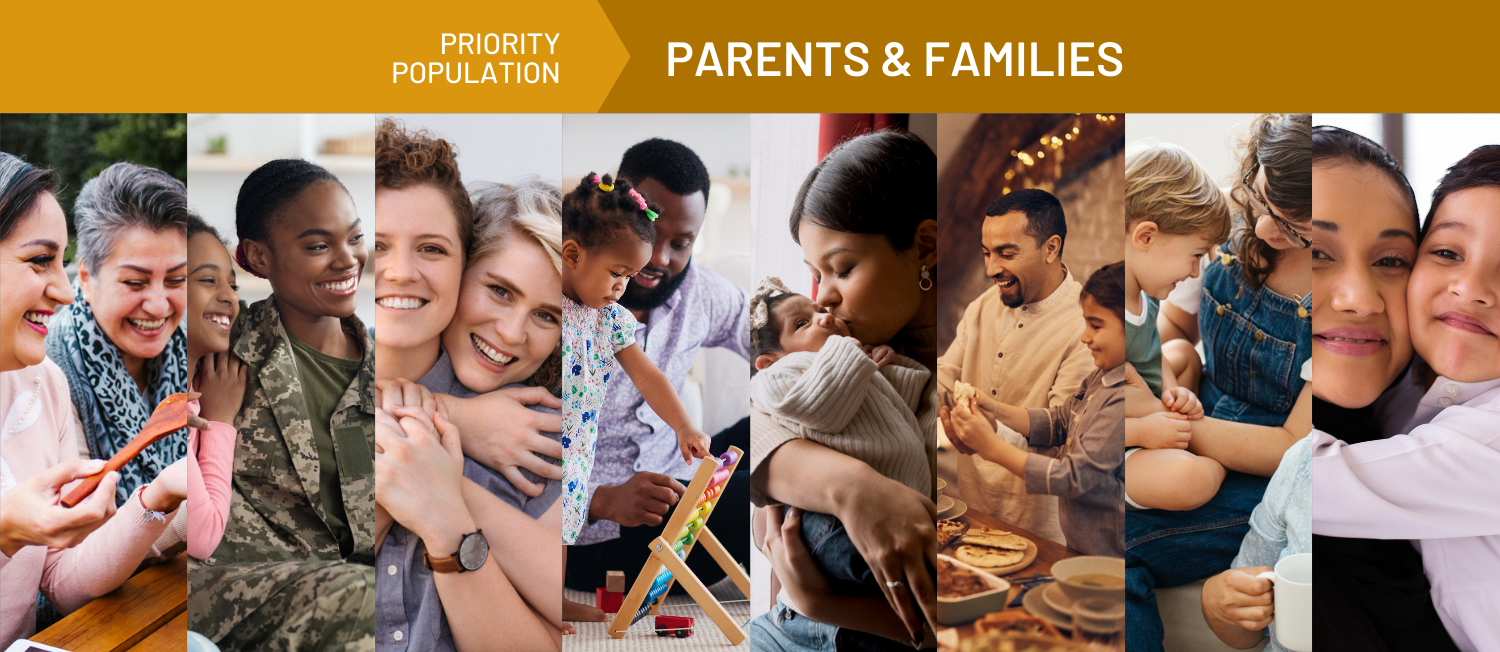























.jpg)

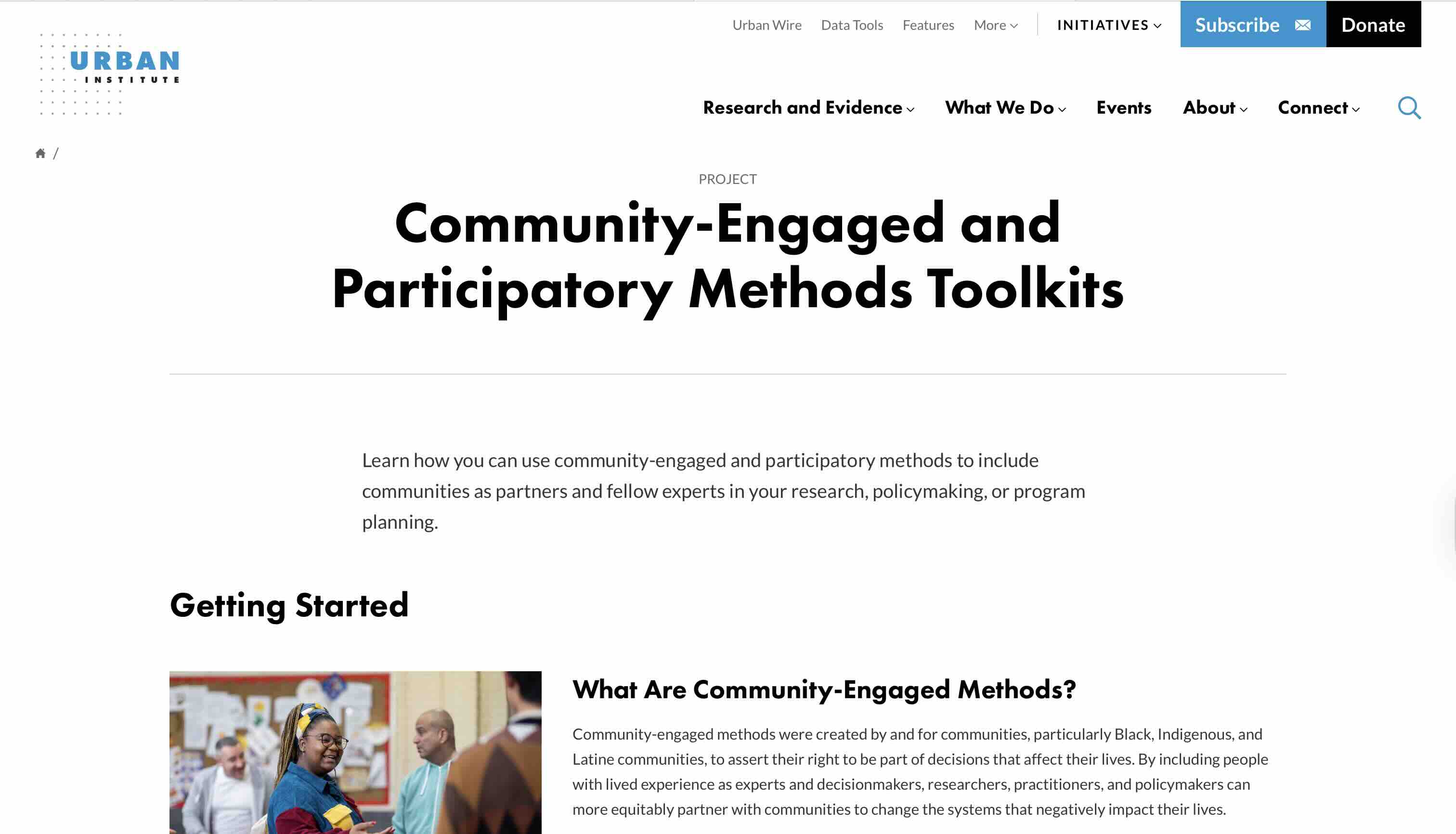














.jpg)





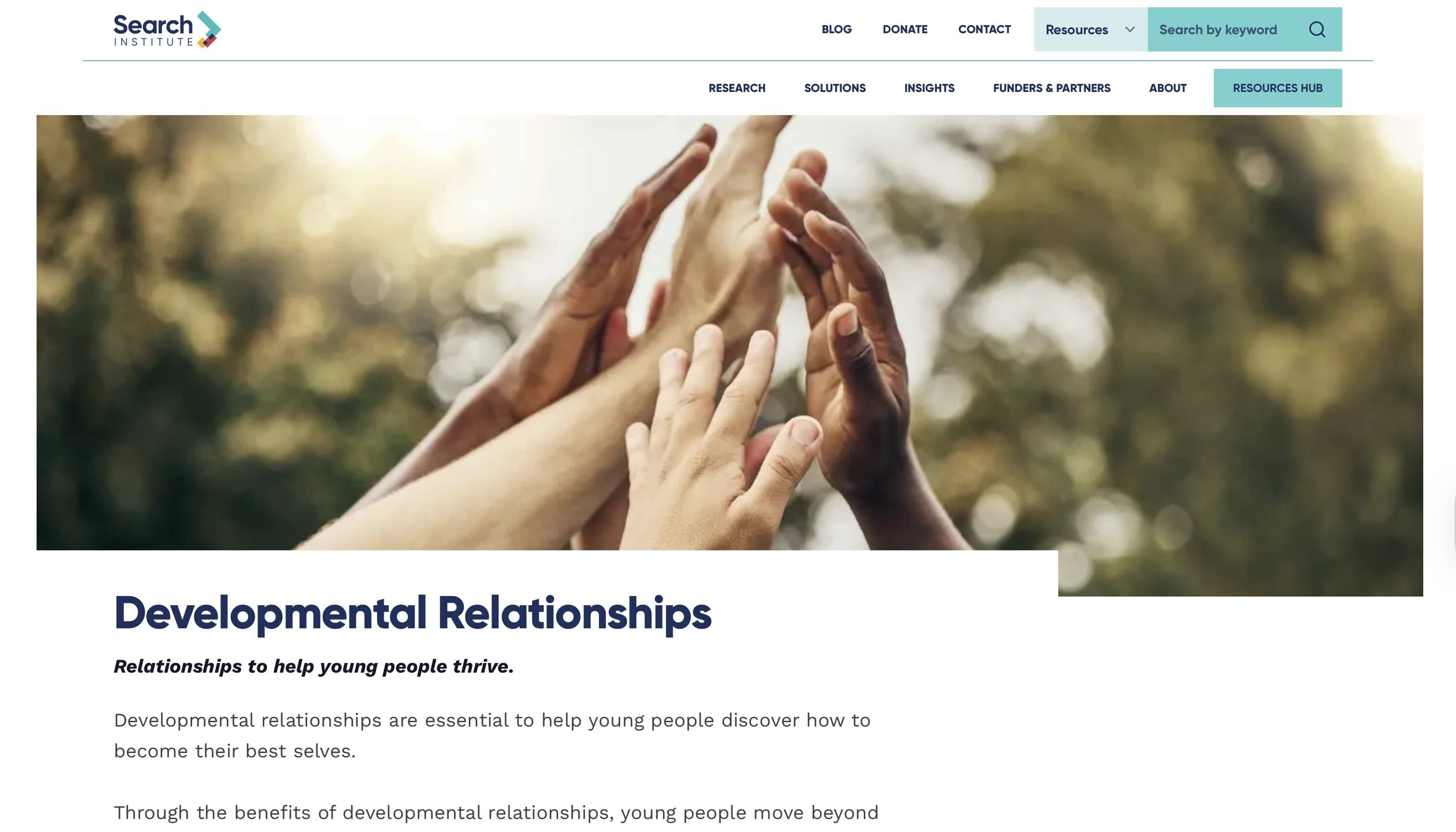

.jpg)

.jpg)
.jpg)
.jpg)








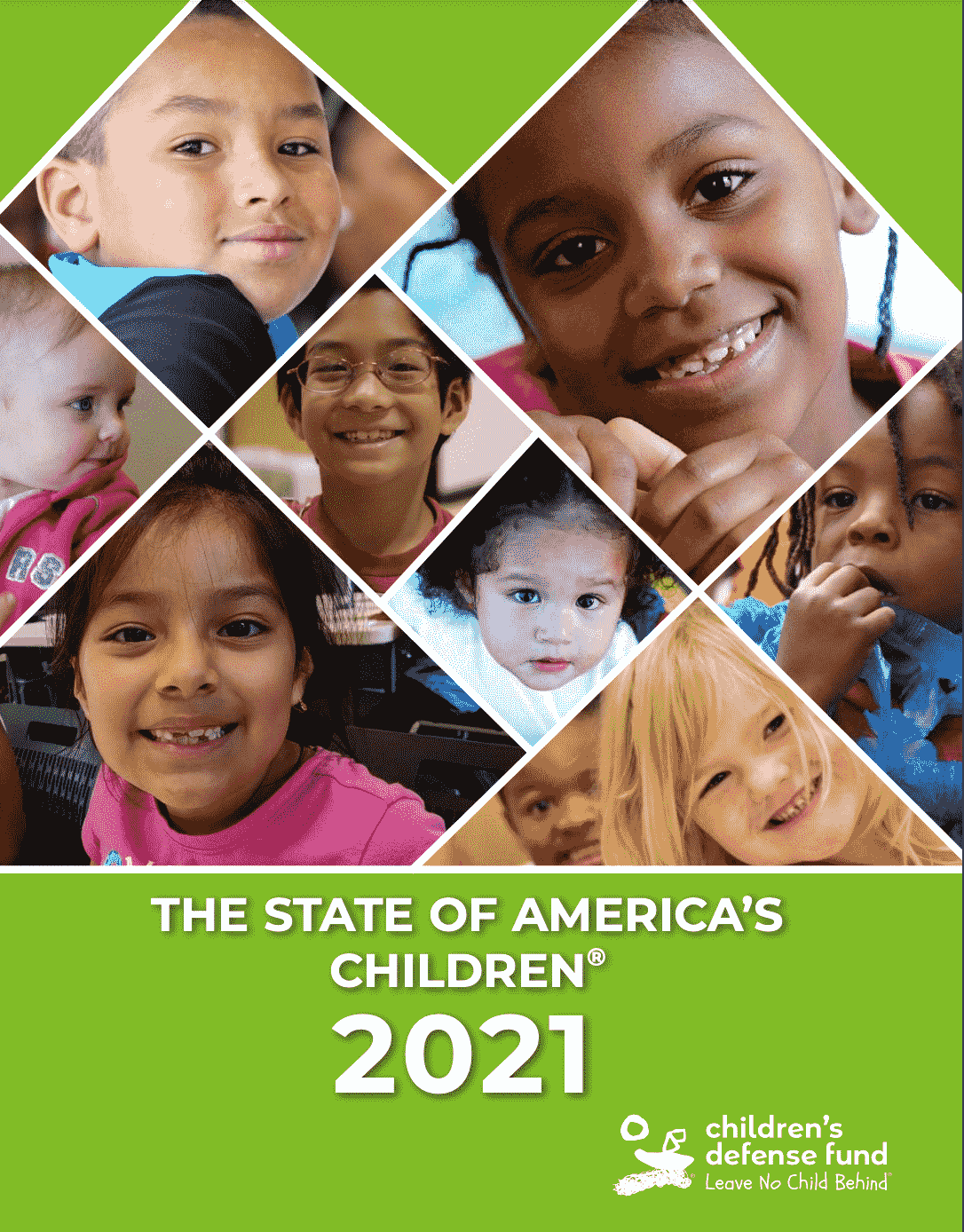






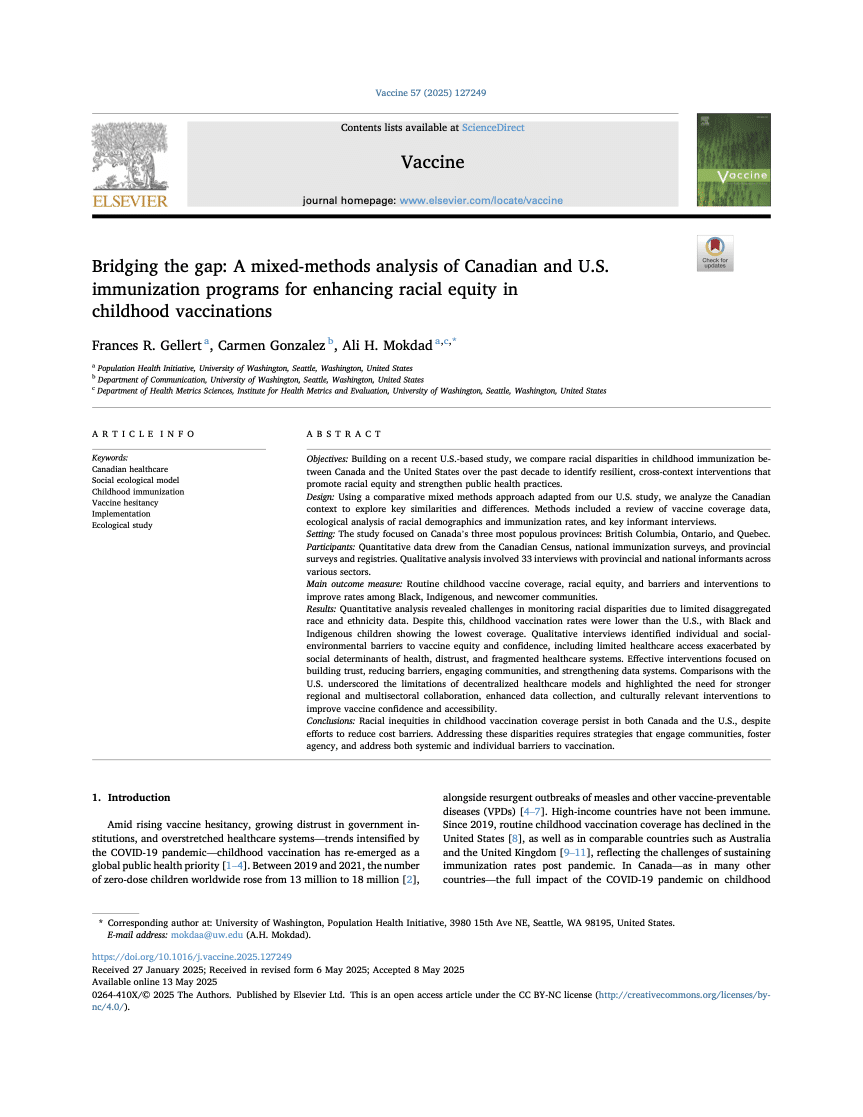


.jpg)


.jpg)


















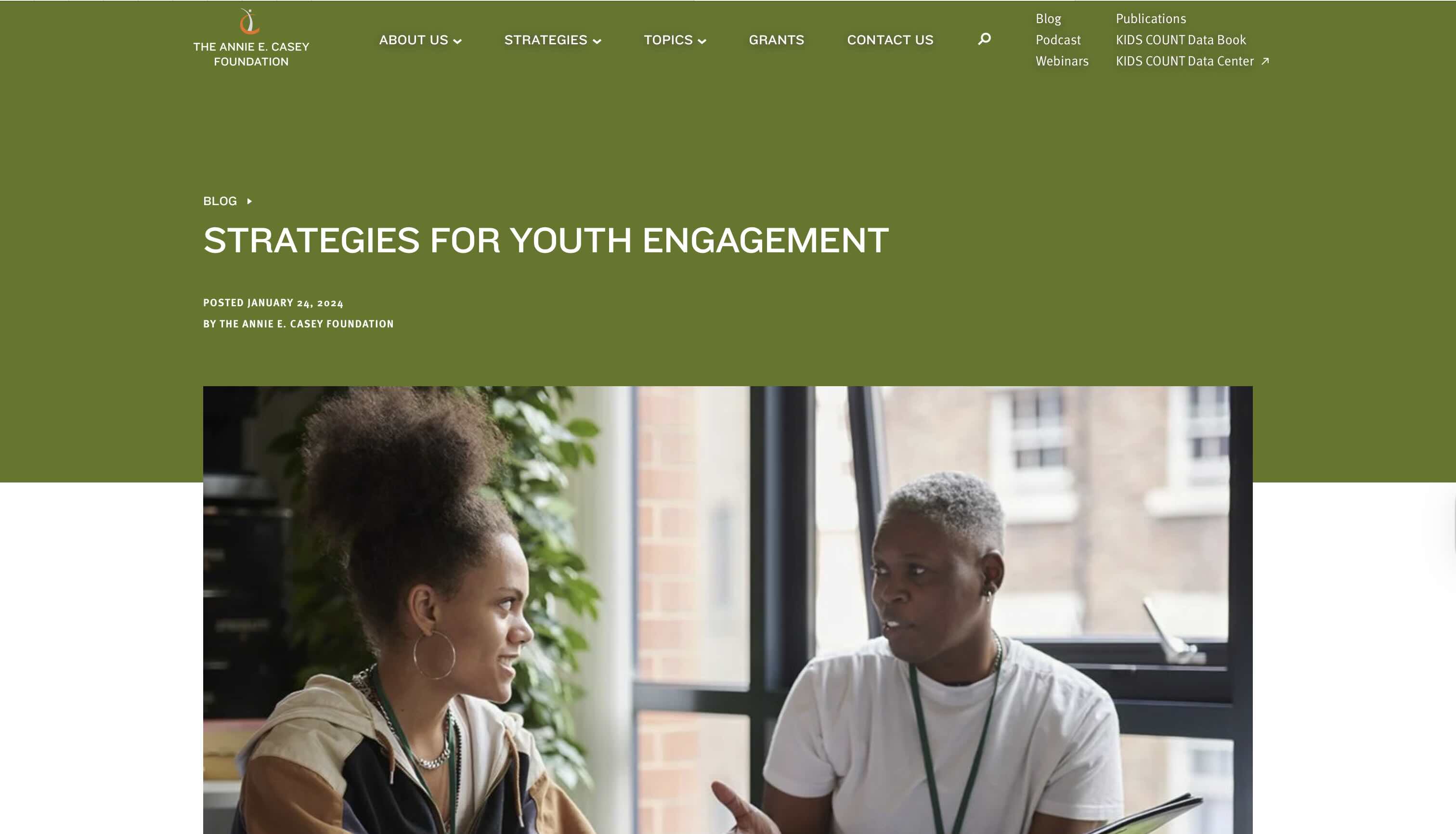
















.jpg)
.jpg)







.jpg)












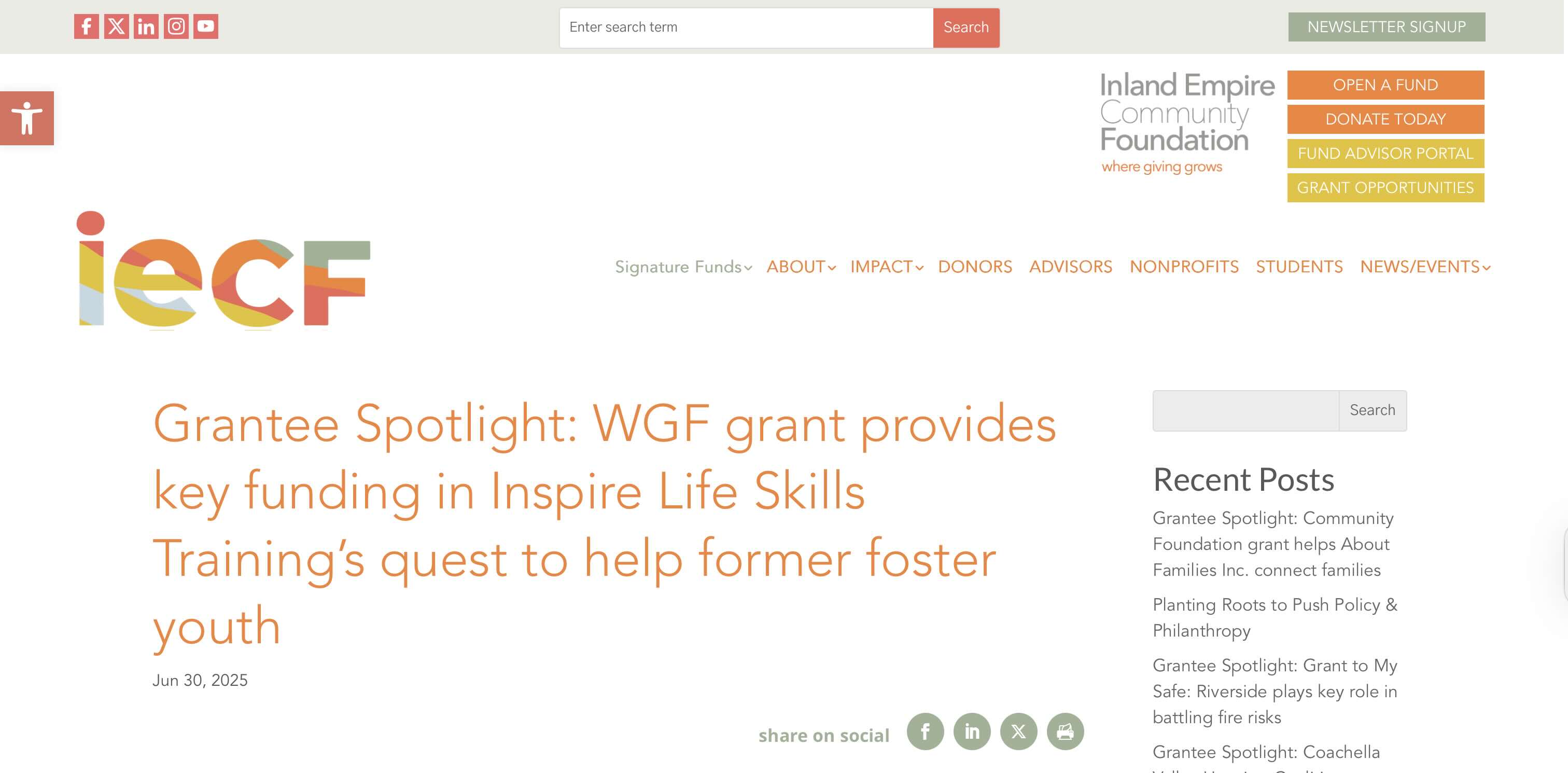


















.jpg)


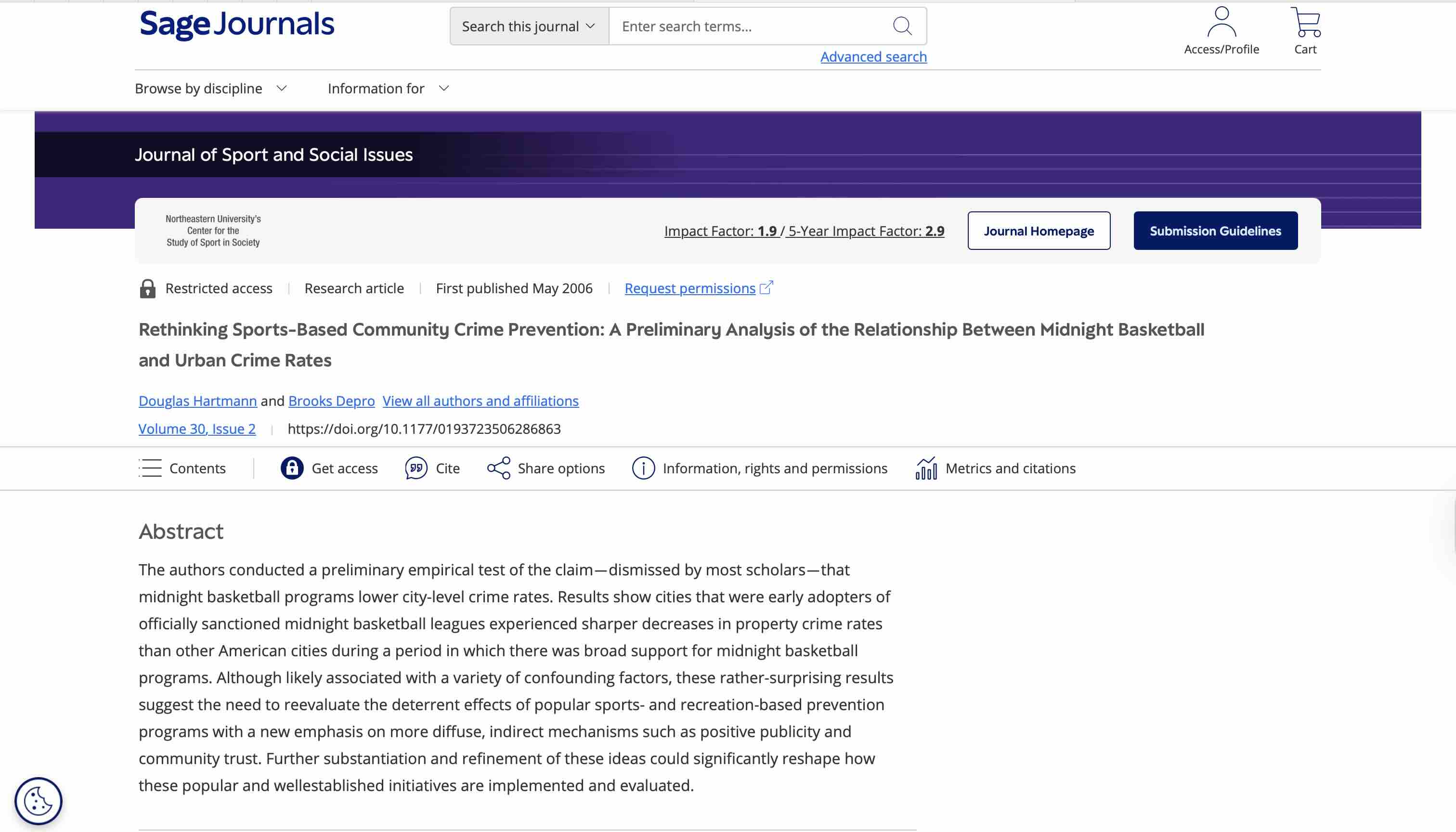
.jpg)











.jpg)


.jpg)








.jpg)













































